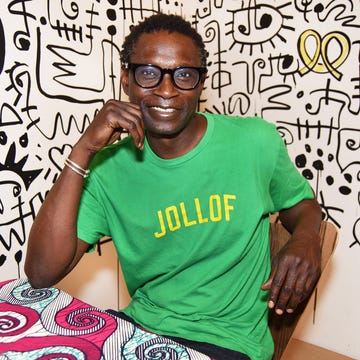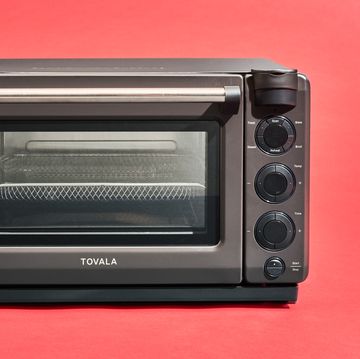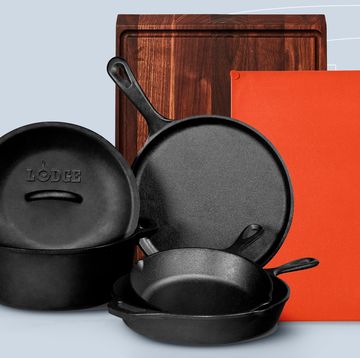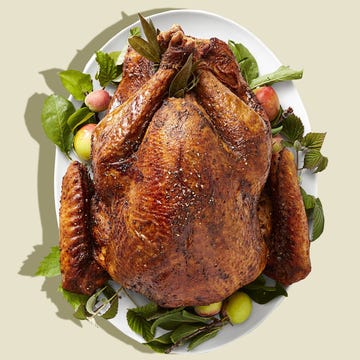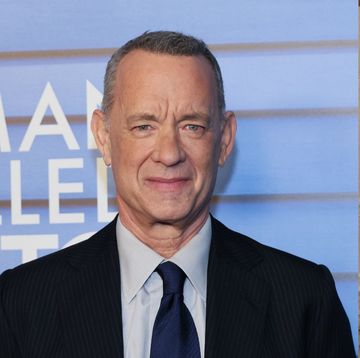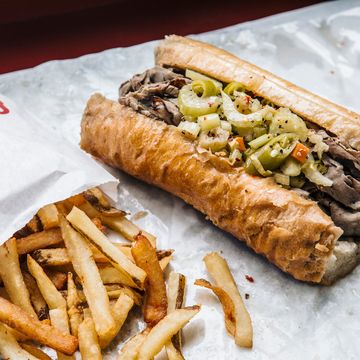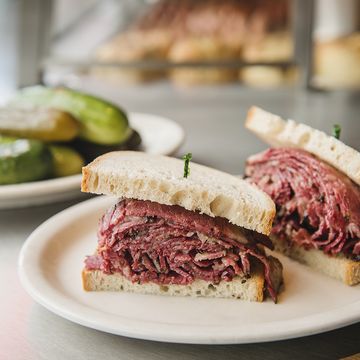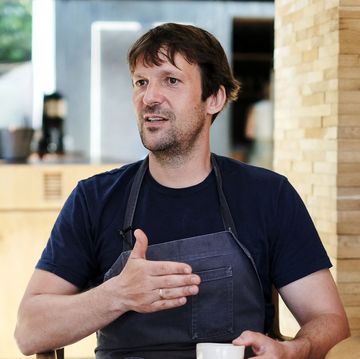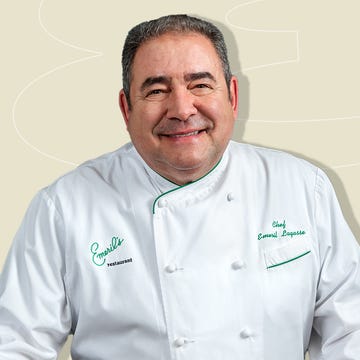When you go to Per Se or Daniel in New York to taste the work of great chefs like Thomas Keller and Daniel Boulud, the first thing you're greeted by at those restaurants is the work of Adam Tihany. He is the interior designer responsible for Daniel and Per Se in New York, Aureole in Las Vegas, and Dinner in London among countless others, and for essentially defining the look of contemporary fine-dining across the globe. With the release of his new book, Tihany: Iconic Hotel and Restaurant Interiors the designer opens up about collaborating with celebrity chefs, the changing tide of luxury dining, and how to light a dinner party.
Tastes change over the years, and the way people eat has changed, but a lot of your work looks pretty timeless. What are the challenges and opportunities over years that have allowed to keep making these impressive spaces?
The most significant experience that I had, that really made me who I am, was owning a restaurant. There is a truth to be said about everything is theory until you put it into practice. Being there to actually work and absorb everything that's happening sharpens your skills and senses and makes you realize what's important. It also made my clients in many cases see me as a colleague rather than an adversary. They say, "You're not just a guy who makes us spend hundreds and thousands of dollars."
I was also in a very good spot in the middle of this revolution. The consumer knows everything now. Everybody is a foodie in this country. I think the most important sport in a city like New York is probably scoring a reservation these days. People go to restaurants to dine, to experience, to travel, and for 600 other reasons, and I think the last one is probably eating. It's amazing to see how it influences the design world because the design is support to an experience. It sets the stage. Food, in my opinion, in the restaurant is the main character.
The same goes for hotels. The customer is infinitely more sophisticated. The whole notion of home away from home doesn't exist anymore because frankly no hotel can compete with home. So what the hotel is trying to do is to give an experience that you can't have at home. We've designed bathrooms that your wife will never allow you to build in your home. They're all about fantasy rather than washing yourself.
It's a chicken or the egg kind of thing. Did your design direct a change and influence the customer and restaurant scene, or did the want for specific experiences drive your design?
I think if you see yourself as a portrait artist or as a custom tailor, which is the way I see myself, the chef comes first. It is about their ego, it is about their aspirations, it's about how they want to portray themselves to the rest of the world.
In many instances, the chefs that I work with are not as articulate as others, they can't explain to you about their design specifications. So I ask them to cook something they would serve in the place. I look at it, and then I go through the process of stepping back from that plate and asking what will do it justice. You close your eyes and you imagine the room that will be perfectly suitable for this type of amazing dish.
Part of the changes in the last twenty years or so is line between fine and casual dining being blurred. Has that been a factor in your work?
You're talking about a fine dining restaurant that is casual. That is a very interesting shift. A lot of it comes from regional and seasonal food and the movement to market-to-table, which just by its nature is more casual.
When I started working with Heston Blumenthal on his London restaurant Dinner he was doing research on 16th-century British cuisine and the whole history of British gastronomy, which, paradoxically, does have a very illustrious past. Apparently the British royal chefs perfected roasting to the level that the French king sent his chefs to England to learn how to roast. We did a whole tour of these wonderful historical kitchens and spoke to historians and ended up conceiving together a contemporary British brasserie that serves food inspired by 16th-century cuisine. The design is utterly contemporary, but it uses only the material that was relevant in the 16th-century—leather, wood, iron. There were no tablecloths then. The tables were not set up the way that they would be in a fine restaurant, and we followed suit. I was there the first week it opened and I was adjusting the lights every day and moving tables to make sure everything worked. The people were floored when they first walked in. They said, 'What no tablecloths? Is this not a fine dining restaurant?' It's a super fine dining restaurant, but you don't need a tablecloth for it to be fine dining. It's a different way of looking at it.
It goes with the philosophy of the chef, and the design follows suit.
Let's say I'm trying to arrange my dining room at home and put my food and guests in the best light possible, any tips for doing so?
Lighting is at its best when it doesn't come from one source. If the lighting is coming from a chandelier, let's say, it would be infinitely more beautiful if in addition you had wall sconces or a lamp on a console. What you want to do is light people's faces from the side, not from above. If you have ceiling fixtures, you usually get shadows and you look like Dracula. But if the light comes from below or the middle, it's always much nicer. So mix and match.
Per Se
Photos: Paul Warchol
Daniel
Photos: Eric Laignel
Dinner
Photos: Eric Laignel

